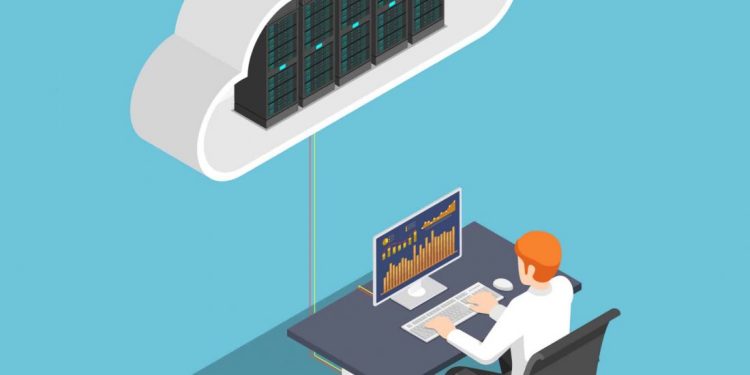Organizations keep adding new security software to their already complex infrastructure.
Does that mean that their businesses are fully protected from cyber exploits?
While layered security that consists of multiple levels of software is integral, it’s also necessary to manage and validate the tools the company has.
Security Posture Management Explained
Security Posture Management discovers, analyzes, and reports on high-risk vulnerabilities.
The findings are generated into a document that helps teams to patch up critical flaws within the infrastructure and thus prevent cyberattacks.
Over time, it has evolved into a tool that exists in several versions — including External Security Posture Management (ESPM) and Extended Security Posture Management (XSPM).
ESPM collects all the tools that test and validate security into one of the most comprehensive management yet.
XSPM is geared toward the discovery of assets that are exposed on the internet — such as leaked emails and user passwords.
Proactively Approaches Cybersecurity
Instead of waiting for threat actors to target a company, it applies adversarial techniques to the attack surface and guides analysts to fix the issues before threat actors discover them.
That is, the strength of security posture is determined after the series of attacks are simulated in a safe environment, and the data is analyzed for the report.
What is tested?
Both systems and people.
It’s important to evaluate the attack surface on a regular basis because it’s otherwise difficult to tell whether the security tools are working properly or whether people tasked with the management know how to use protective software to defend the company.
To test the tools, Security Posture Management utilizes the capabilities of Breach and Attack Simulation. To test teams, it relies on automated red teaming.
It Keeps Up with Evolving Attack Surface
Possible attack vectors are continually shifting within the attack surface. Another problem is that companies are adding novel tools and making both the infrastructure of the security that has to keep up with the changes overly complex.
Some of the causes that are responsible for the fact that the attack surface can change in minutes are that hackers target companies with new types of threats. Consequently, there are more attacks than ever before.
That can leave the system exposed at any minute — hence the necessity for the management that assesses the security posture all the time.
A helpful resource that depicts various hacking techniques and suggests how to combat them is MITRE ATT&CK Framework. The management tool is updated to seek vulnerabilities that match MITRE’s latest findings.
As for the increased complexity of the systems that are bound to leave it with major security gaps, the management tool displays results (AI-generated reports) on a single dashboard.
Therefore, IT teams don’t have to continually shift between multiple consoles that have their own alerts and protocols. That has caused fatigue for teams due to continual changes in the environment.
It Validates the Security You Already Have
The latest versions of the tool (such as Extended Security Posture Management) combine different tools that are used to validate the security tools.
They give companies peace of mind by ensuring them that the security they do have at hand will protect them in case of a hacking attempt.
For instance, they utilize another AI security software known as Breach and Attack Simulation. After it mimics the attack, it reports whether the security would defend the infrastructure in a real-life scenario.
Essentially, the possible weaknesses are targeted, discovered, and weeded out before hackers get the chance to exploit them.
It Runs in the Background 24/7
With the help of artificial intelligence, the posture management tool can continuously operate and evaluate the security posture of a company.
Early mitigation of threats is the key to avoiding the high cost of cyberattacks that adds up in the remediation stage.
Namely, following an attack, companies have to allocate a lot of resources for patching up the vulnerabilities. In some cases, they even have to rebuild their entire infrastructure.
The latest report noted that the average cost of a data breach for companies in 2022 had hit $4.35 million.
Therefore, preventing the attacks by continually managing the security can also prevent companies from going out of business.
It Reports High Risks for the Company
Besides continually testing the attack surface, artificial intelligence also collects data that aid it in determining whether a certain risk is likely to escalate into an incident such as ransomware or data breach.
Management software ranks the severity of threats by considering the context of your company.
Namely, traditional tools would rate the risk of weaknesses without considering if vulnerabilities are likely to affect the unique infrastructure of an organization.
Low or high-risk dangers for one company do not necessarily translate to low or high-risk issues for another business. Context is incredibly important.
It Makes IT Teams More Productive
The AI-powered evaluation tool is helpful for security analysts because it automates otherwise manual tasks and reduces the overwhelming number of alerts. That enables them to focus more time on advanced threats and more complex work.
With an already high workload and impossible daily to-do lists, IT teams need all the help they can get.
One issue that they face is the increasing number of notifications concerning security. It’s estimated that larger companies get over 1000 alerts on the dashboard every day.
Already accustomed to being bombarded with notifications, they have a high chance of discarding important alerts as false positives.
The analysis of the Security Posture Management separates high from low risks, aiding them to follow a top to bottom approach and prioritize tasks and severe risks.
Follow Techdee for more!





